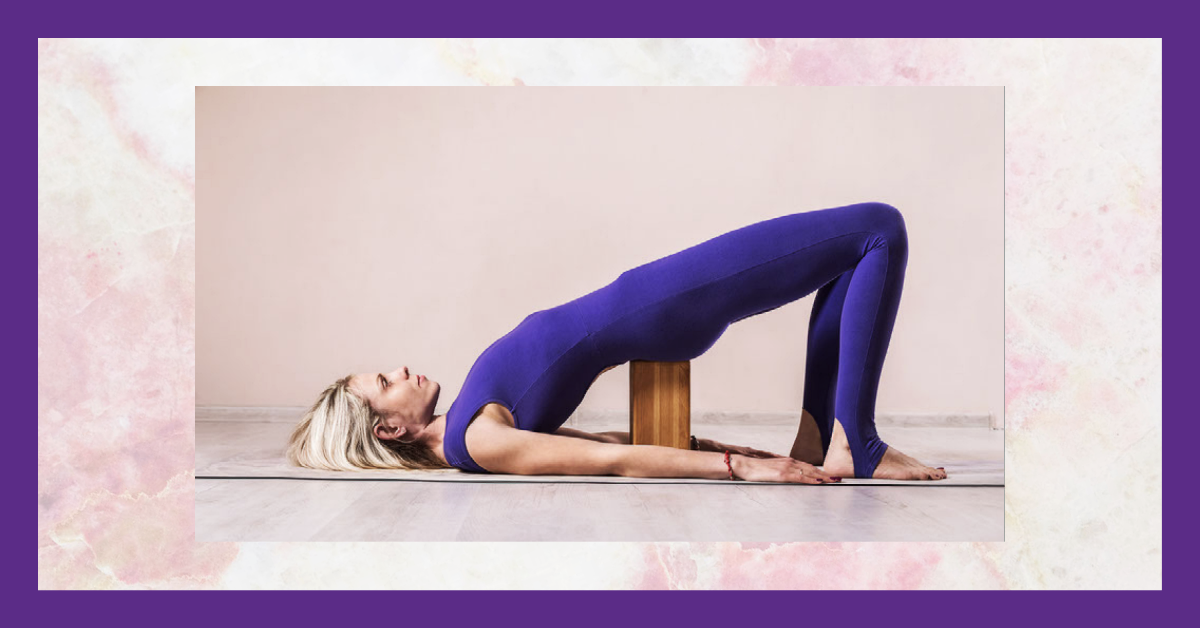Three Ways Yoga Blocks Will Deepen Your Practice
Next to an experienced yoga teacher to help guide you in your practice, yoga blocks are probably the most important tool in your yoga bag. In this and future articles, I'll explain why, how and what kind of options are available.
Yoga blocks bring the floor closer to you
Using yoga blocks, your hamstrings and lower back are able to release and lengthen at your own pace.
By using a block in poses like triangle (shown here) and other forward folds, you’ll feel grounded and supported. This takes an element of frustration out of your practice, especially if your hamstrings are tight, and lets you experience the benefits of these foundational poses. Because there are 3 different settings (high, medium, and low), you can choose the height that you need.
2. Yoga blocks allow you to feel supported and safer.
A supported bridge pose can be deeply relaxing
Bridge is a common pose in yoga classes, but if you don’t have the back flexibility or strength, it can feel daunting. Using a yoga block under the sacrum allows your tight back muscles to relax without effort. Remember that there are 3 different heights, or settings, you can use.
This yogi is using the highest setting, but consider starting out lower so you don’t strain your muscles. She has also chosen to use a wooden block, but you might find a softer block more comfortable.
3. Yoga blocks can help you activate your muscles to get the most out of a pose.
Holding a block between the hands can help to engage the shoulders and core muscles.
By using a block between the hands when your arms are straight, you’ll engage the shoulders, forearms, and even the core muscles.
Placing a block between the thighs in bridge pose is also helpful, because it will remind you to keep the upper thighs engaged.




